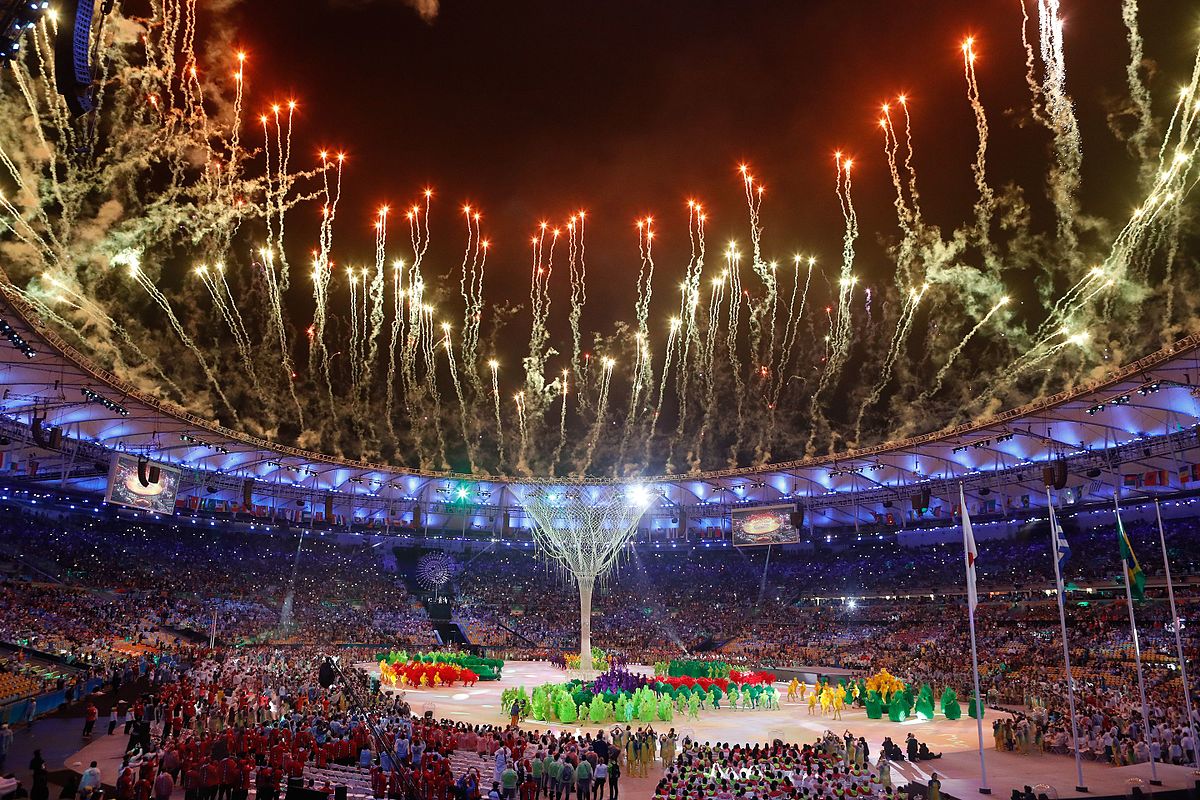
The impressive growth in income generated by the Olympic Movement from five major programs ground to a halt in the 2013-16 Olympic cycle, though growth is set to resume in the Pyeongchang 2018/Tokyo 2020 quadrennium.
Revenue from broadcasting, The Olympic Partner (TOP) worldwide sponsorship, domestic sponsorship, ticketing and licensing reached $7.8 billion in the period covering the Sochi 2014 Winter Olympics and Rio 2016.
This was down from $8.05 billion from the same programs in 2009-12.
The main discrepancy was in ticketing, which raised only $527 million in the last quadrennium, down from $1.24 billion in 2009-12.
But arguably the most disappointing figure was the amount raised by Rio 2016 from domestic sponsorship.
This has now been disclosed as $848 million, the lowest from a Summer Games since Athens 2004.
Even so, the Movement remains on track to generate a ground-breaking $10 billion or more from these programs over the current cycle culminating at Tokyo 2020.
Figures for 2009-12 and 2013-16 are taken from the 2017 edition of the Olympic Marketing Fact File.
The full story can be read here.
By David Owen
Republished with permission from insidethegames.biz.